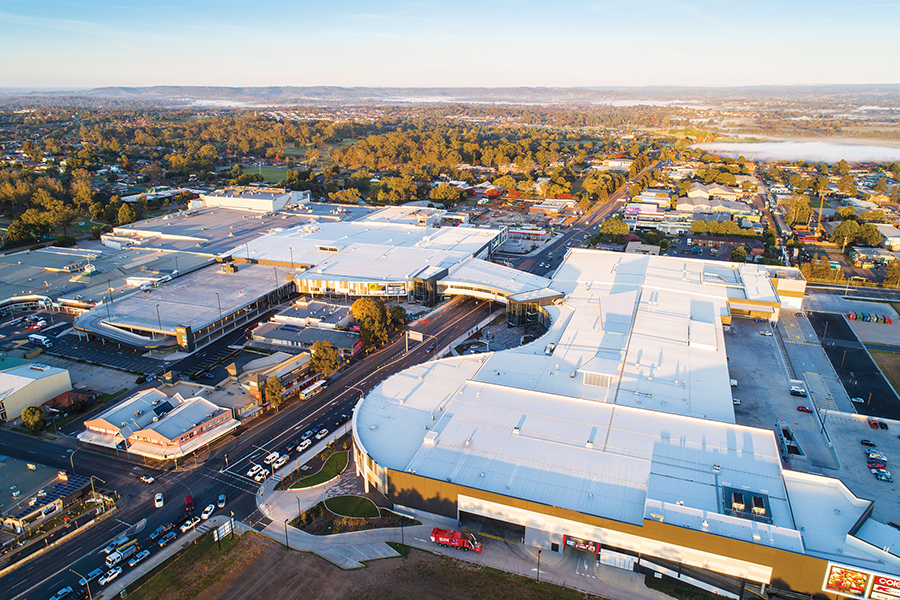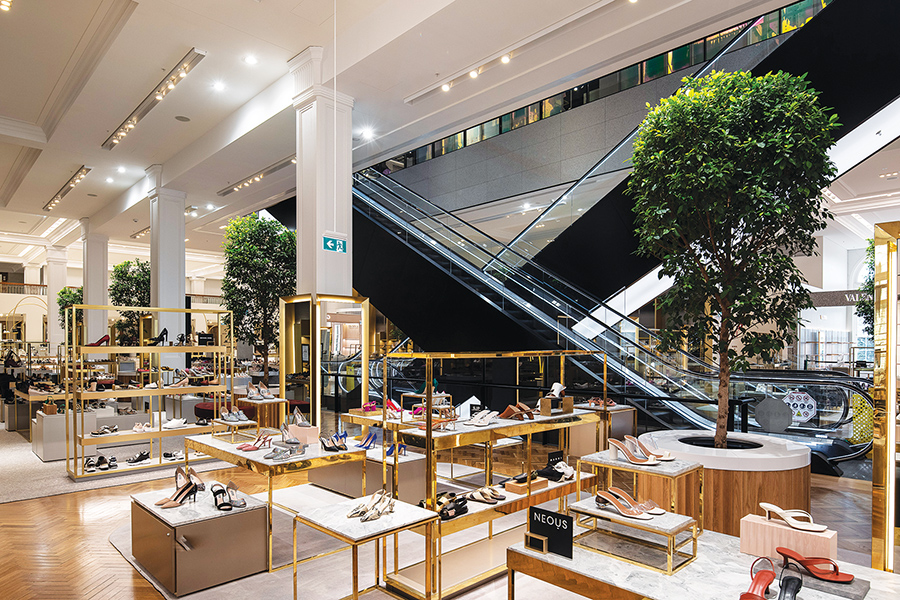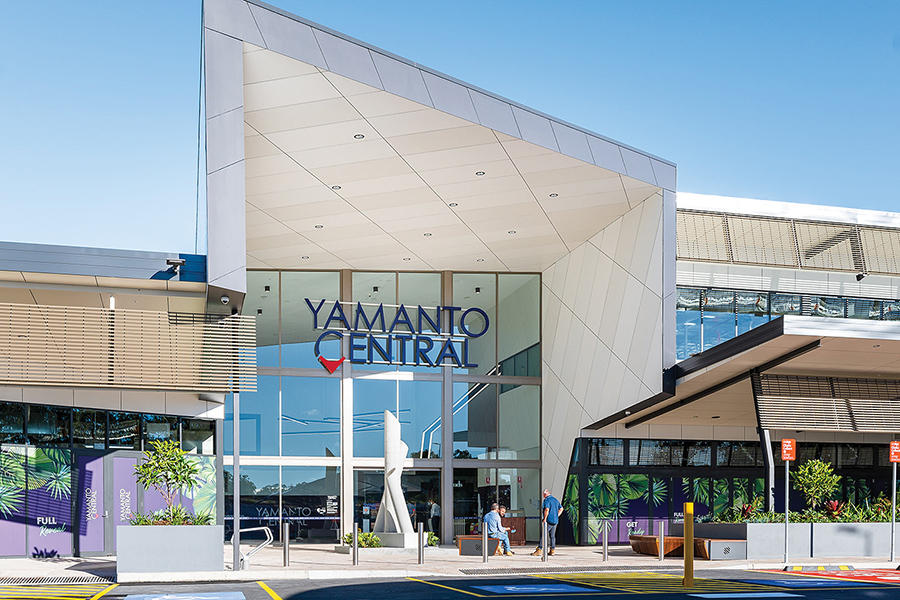This article by Rob Doust, Managing Director, Mainbrace Constructions, was first published as part of a special feature in SCN’s July/August edition
We’ve been capturing rich project cost data for years, and while we were certain of its potential to really help drive efficiencies in construction, I wasn’t too sure of the precise applications. But the picture has become clearer and the use of this data is really starting to produce incredible results.
Data provides us key insights long before a project commences, right back in the concept design phase.
The data we’ve captured covers many different projects, designs and details. It covers materials to designers, contractors and the myriad of other components of a successful project. It is structured, layered, detailed and complex. It allows us to benchmark and predict, analyse and adapt.
This data helps us unlock ways to save time and money, improve safety, enhance design, deliver sustainability benefits and more. In the future, it will reveal more benefits. We can learn so much from the past because we’ve invested in harvesting those learnings.
Data gives our clients a distinct advantage when sitting down at the table in an Early Contractor Involvement (ECI) capacity.
Mainbrace has completed more than 100 ECI projects. The process influences design for a better build outcome. There are many examples of its cost and time saving potential and our use of data drives much of the decision-making process.
We use it to benchmark and predict building costs extremely accurately. This enables clients to have greater visibility and incredible early insights into how their particular project is shaping up. From that position, we work with them to adapt, change and adjust to suit their needs.
At Neeta City in Sydney, Mainbrace was engaged by Elanor in an ECI capacity for stage 1 works. This stage involved backfilling the vacant discount department store tenancy while a new carpark and mall entries were created directly over the trading Woolworths. ECI enabled Mainbrace to investigate, plan and design the project to be safely delivered in a live operating environment.
It led to Mainbrace being engaged on an ECI basis for stage 2, involving a re-imagined retail mix, facade upgrade and re-branding. In a tough retail market, the design and leasing teams reviewed numerous options to achieve the optimal result of an increased NLA in the most cost-effective way. Through ECI, Mainbrace was able to help reduce the budget by $4 million by value managing the scope.

Narellan Town Centre
Similarly, at Narellan Town Centre, ECI enabled the most time and cost-efficient solutions to be value engineered in collaboration with the design team. The results were significant: the ECI process saved 14 weeks from the program, generated a 9% cost saving, while minimising re-work and waste.
Sustainability starts on the ‘front end’
Increasingly, clients are demanding more sustainable outcomes not just from the finished asset, but also through its creation. Powered by data, ECI can not only highlight better paths, but greener paths too.
The interpretation of data, applied in an ECI context, can deliver sustainability benefits just as it can time and cost efficiencies. Seemingly minor tweaks in the design phase, only identifiable with retail construction expertise, can deliver major green outcomes. Simple materials and positional adjustments, for instance, can substantially increase roof area opportunities for solar PV installations. It’s about doing the ‘front end’ well.
Mainbrace’s construction of the new Bunnings Leppington in western Sydney demonstrates the synergies of data influencing design to create better sustainability outcomes. Minimising waste can be addressed through ECI by proactively ‘designing it out’.
At Bunnings Leppington, modular and pre-fabricated components are integrated where possible, the design includes standard-sized materials and recycled materials are used wherever they can be. Data analysis supports the correct ordering of quantities, wastage such as off cuts is strictly limited, and a life-cycle assessment has been undertaken to plan ahead for the site’s deconstruction on completion.
Packaging requirements are minimised, bins are designed to ensure waste is segregated, and workers are responsible for removing excess materials they bring on site.
Any materials that must be sent to the recycling facility are inspected, assessed, sorted, processed and tested to maximise the recovery of materials in waste loads received. Recovered materials are on-sold to recyclers for use in manufacturing a range of construction and related products. Even bio-waste is minimised via a dedicated food scrap bin.
It’s a prime example of doing the front end well. Decisions made today creating better outcomes tomorrow.

David Jones, Sydney Store
Better outcomes tomorrow start today
When COVID-19 hit, bricks-and-mortar retail was grappling with the online shopping challenge. In many cases, it was succeeding. Shopping centres were responding to provide compelling reasons for people to visit, in places of elevated comfort and vibrancy.
Mainbrace has been busy helping shopping centre owners and landlords focus on interior re-purposing projects to bring new life to their spaces. COVID-19 has emphasised people’s need for social connection. Shopping centres have a natural advantage to offer these experiences through a rounded service offering.
Tenancy mixes are changing. Childcare, medical and other services are replacing declining categories. Some large format brands have established smaller footprint stores. COVID-19 has not slowed the pace of evolution, but getting the mix right is critical. More than securing the right retailers to the right leases, this means designing the most efficient zones and creating the most inviting spaces.
Flexibility is an important consideration as tenants change over time. Shorter leases create opportunities for contractors to work with clients to adapt spaces through design, construction and materials, and through innovations such as modular solutions. Being able to pivot is crucial.
Data is at the heart of the opportunity. Through our cost modelling data, we’re working with clients to efficiently cost re-configuration and re-purposing options. Data enables us to identify optimal materials and collaborate through the early design phase to minimise waste. Benchmarking allows us to share cost information and quickly establish accurate budgets.
Clients recognise the opportunity to re-imagine the tenancy mix and through data analysis, applied in the early design phase, construction companies have the opportunity to add value before work even begins.






















